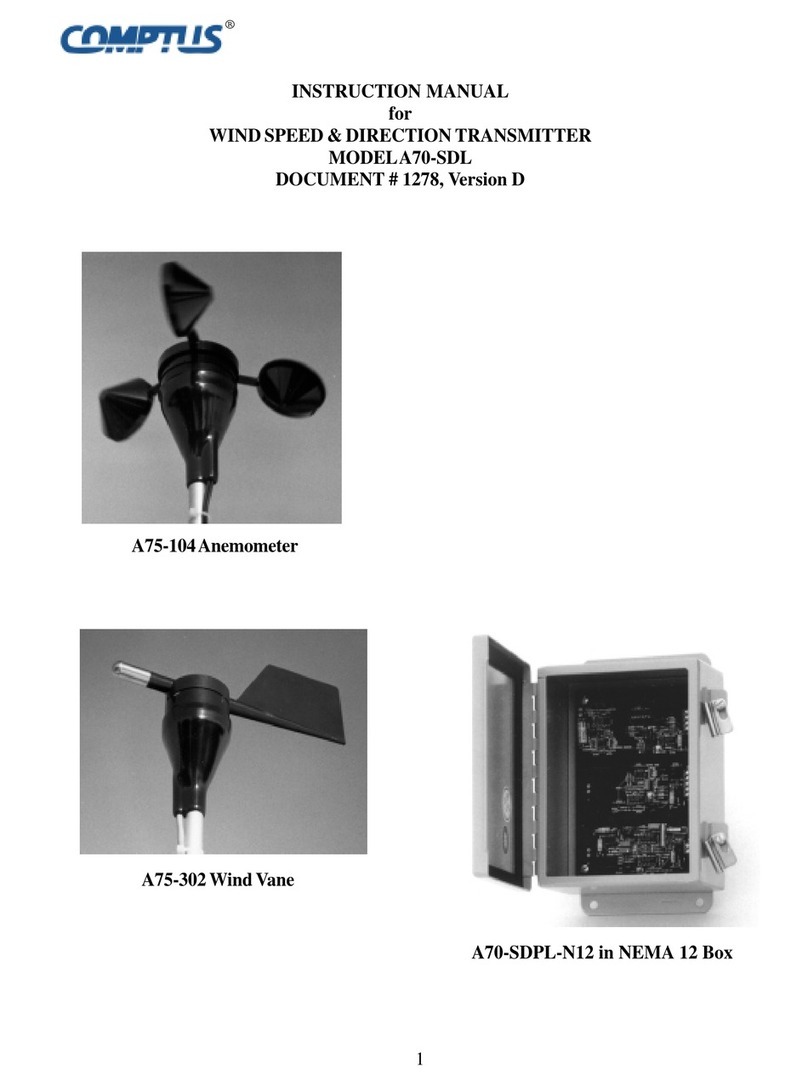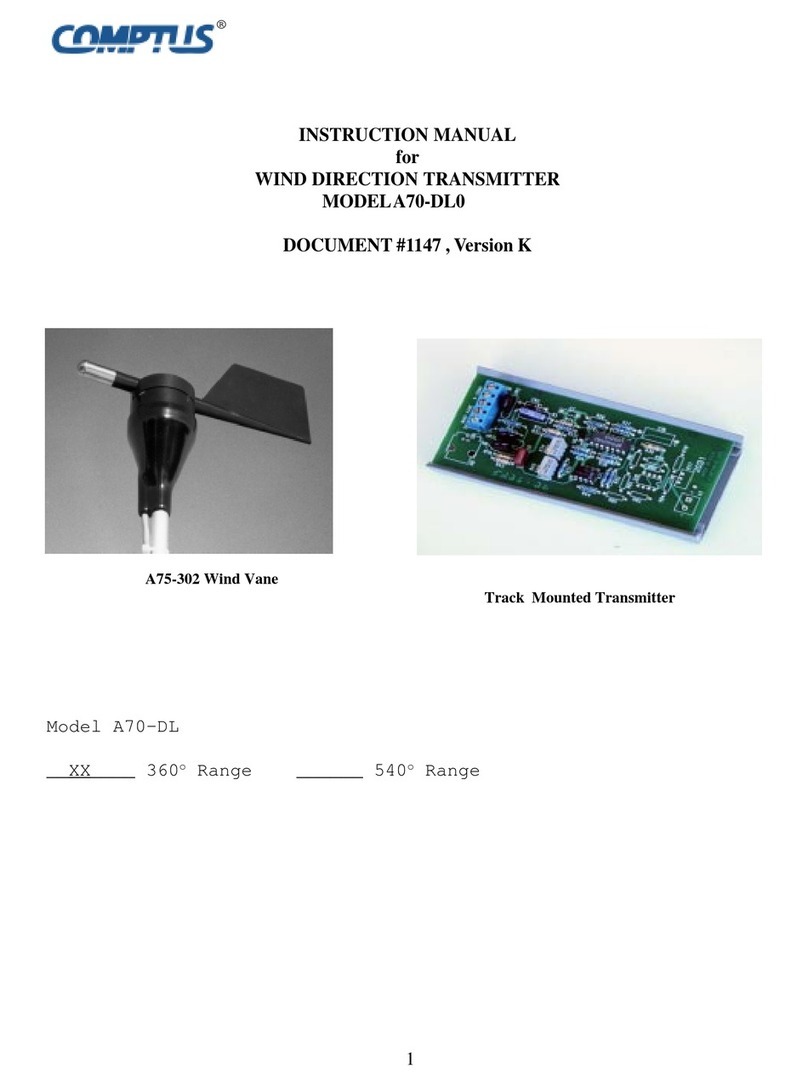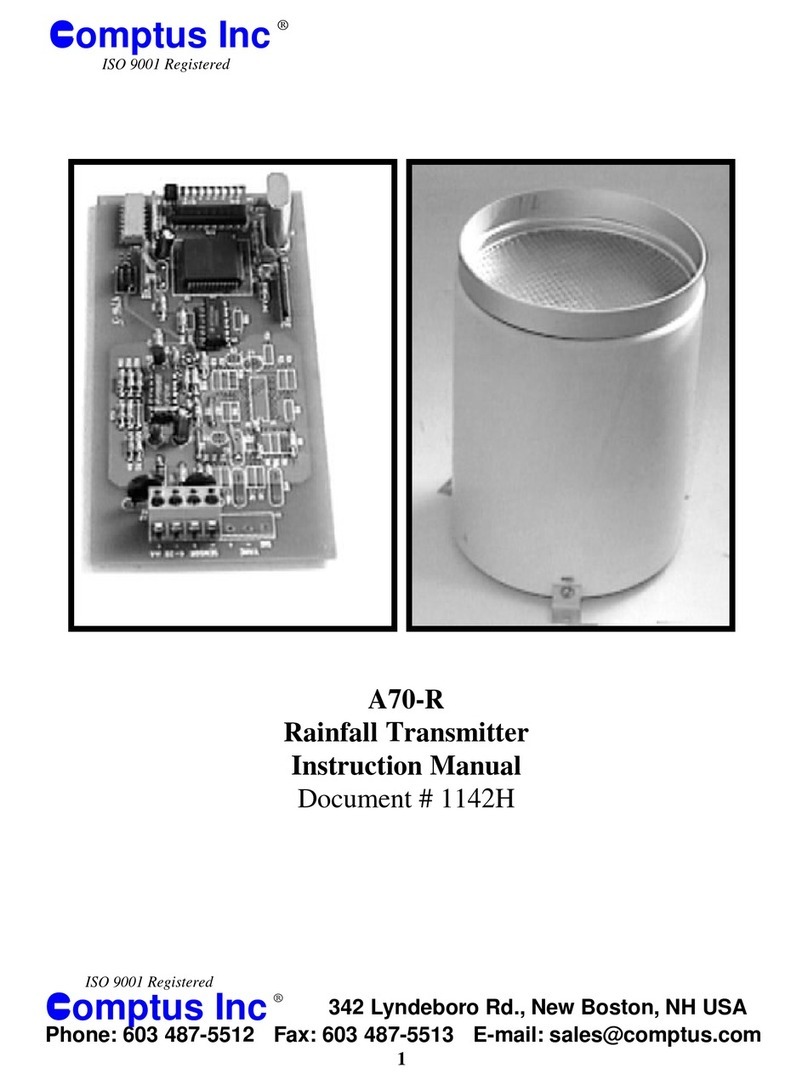
9
TROUBLE SHOOTING
Philosophy
Effective trouble shooting requires that problem
locations be systematically eliminated until the
problem is found.
There are four basic questions to answer when
trouble shooting (Ref. #1):
1. Did it ever work right?
2. What are the symptoms that tell you it’s
not working right?
3. When did it start working badly or stop
working?
4. What other symptoms showed up just
before, just after, or at the same time as the
failure?
It is best to write down any clues you may obtain.
Be sure to write down anything unusual.
The response to question #3 should probably not
be 3:04 P.M.. A useful response might be, “Just
after an electrical storm.” or, “Just after it fell off
the shelf.”
Double check all the simple solutions to the
problem before searching for complex ones. If the
problem occurs right after installation, it probably
has a simple solution.
If an automobile engine cranks, but doesn’t start,
make sure there is fuel in the tank before replacing
the engine. If the electronic equipment doesn’t
function, verify that it has power and is turned on.
Systems containing parts which can be quickly
interchanged are easy to trouble shoot. Swap parts
until the problem moves. The location has then
been narrowed to the part that caused the problem
to move.
Sometimes there are multiple problems. These
reveal themselves in layers much like peeling an
onion.
It often helps to explain the problem to another
person, even if that person is not knowledgeable
about the particular piece of equipment.
This does two things. First it requires you to
organize the situation so it can be explained to
another. Secondly, it may turn out that you are so
familiar with the situation that you have over
looked the obvious. Another person unfamiliar
with the equipment may be able to help.
If you are unable to solve the problem, put it aside
until the next day. Some new thoughts will
probably occur while working on another project.
References
1. “Troubleshooting is More Effective with
theRight Philosophy”, Robert A. Pease, Electronic
Design News, January 5, 1989.
Trouble Shooting Procedure
Loop Current :0 mA
Failure Description :
Polarity reversed
Open circuit in cable
Power supply failure
Transmitter failure
Loop Current :Less than 3 ma
Failure Description :
Low power supply voltage
Loop resistance too high
Loop Current : Greater than 20 ma
Failure Description :
Ambient pressure above range Adjust
“Baro. Offset”
Transmitter failure
Loop Current :Does not reach 20 ma, otherwise
operates properly
Failure Description :
Low power supply voltage
Loop resistance too high






























